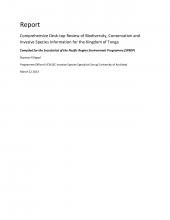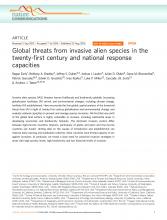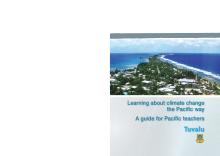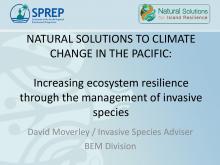Global threats from invasive alien species in the twenty-first century and national response capacities


Climate Change Resilience, BRB
Available Online
Blumenthal, Dana M.
,
Bradley, Bethany A.
,
Dukes, Jeffrey S.
,
Early, Regan
,
Gonzalez, Patrick
,
Grosholz, Edwin D.
,
Ibañez, Ines
,
Lawler, Joshua J.
,
Miller, Luke P.
,
Olden, Julian D.
,
Sorte, Cascade J.B.
,
Tatem, Andrew J.
2016
Invasive alien species (IAS) threaten human livelihoods and biodiversity globally. Increasing globalization facilitates IAS arrival, and environmental changes, including climate change, facilitate IAS establishment. Here we provide the first global, spatial analysis of the terrestrial threat from IAS in light of twenty-first century globalization and environmental change, and evaluate national capacities to prevent and manage species invasions. We find that one-sixth of the global land surface is highly vulnerable to invasion, including substantial areas in developing economies and biodiversity hotspots. The dominant invasion vectors differ between high-income countries (imports, particularly of plants and pets) and low-income countries (air travel). Uniting data on the causes of introduction and establishment can improve early-warning and eradication schemes. Most countries have limited capacity to act against invasions. In particular, we reveal a clear need for proactive invasion strategies in areas with high poverty levels, high biodiversity and low historical levels of invasion.






